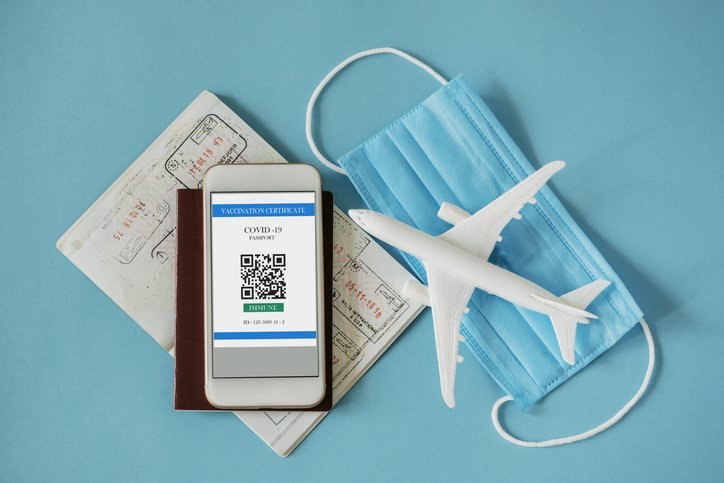
Global: How much are consumers intending to spend on travel products and services in the new year?
Are consumers intending to maintain or rein in their spending in 2022? YouGov has undertaken an analysis across 17 markets and ten categories to check which way consumers are leaning when it comes to their spending this year. Here’s our analysis on travel intention.
Around two in ten global consumers say they intend to spend more on travel products/services in 2022 (21%)
Across each category we asked about, the most common answer was ‘about the same when it came to spending plans for 2022 compared to 2021. But overall, people are looking to save money (or at least not spend it in usual ways). In every category, consumers are more likely to have told us that they plan to spend less in 2022 than they are to say they plan to up their spending – and travel products/services are no exception.
Of all the categories we asked about, travel is the one people are most likely to say they plan to spend more on – globally 21% of consumers intend to do so. However, nearly a third of consumers also indicate that they intend to spend less (29%).
Urban India is the only market where the proportion of those intending to spend about the same is similar to the share of those planning to increase spending (34% and 32% respectively). They also have some of the lowest shares of consumers who are undecided (8%). Willingness to spend on travel is a strong signal to local travel brands and those focused on attracting travellers from India.
Consumers in Britain take the fourth place where intention to spend more on travel services (24%) is predicted to increase, whilst Americans are among those who are less likely to increase spending (14%). An almost equal share of consumers from both markets reveal that they intend on spending about the same this year as in 2021 (38% GB, 40% US).
Consumers who say they intend to spend about the same in 2022 make up a majority of consumers in every market. However, the proportion is comparatively lower than those who say the same about clothes, beauty, telecoms services and streaming subscriptions. In comparison to all surveyed markets Danes are more likely to say they plan to neither increase nor decrease their spending (51%).
The share of consumers who don’t intend to splash out in 2022 is also significant. Travel is still severely restricted in Singapore, which could be why consumers think that they will spend less on it in 2022 (46%), and only one in five say they intend to spend about the same (20%). Hong Kong is in a similar position and so consumer response mirrors that of Singaporeans – about two in five consumers indicate a lower intent to spend (41%).
While the proportion of consumers who are unsure about their 2022 spending plans is not as high everywhere, there is a degree of it in every market we polled. Nearly one in ten consumers are unsure about their plans, and this goes up in the French market to almost two in ten consumers (19%).
Further analysis reveals that overall younger consumers are far more willing to increase their spending on travel services compared to older generations. While 18-24-year-olds sit at 26%, 25% of those aged between 25 and 34 years old are inclined to spend more, 20% of those aged 35-44, 20% of 45-54-year-olds and 16% of those aged 55 or more.
The changing travel policies and recent surge in COVID-19 cases could be reasons for uncertainty among all consumers.
Receive monthly topical insights about the travel and tourism industry, straight to your inbox. Sign up today.
Discover more travel and tourism content here
Want to run your own research? Start building a survey now
Methodology: The data is based on the interviews of adults aged 18 and over in 17 markets with sample sizes varying between 511 and 2,628 for each market. All interviews were conducted online in November 2021. Data from each market uses a nationally representative sample apart from Mexico and India, which use urban representative samples, and Indonesia and Hong Kong, which use online representative samples.